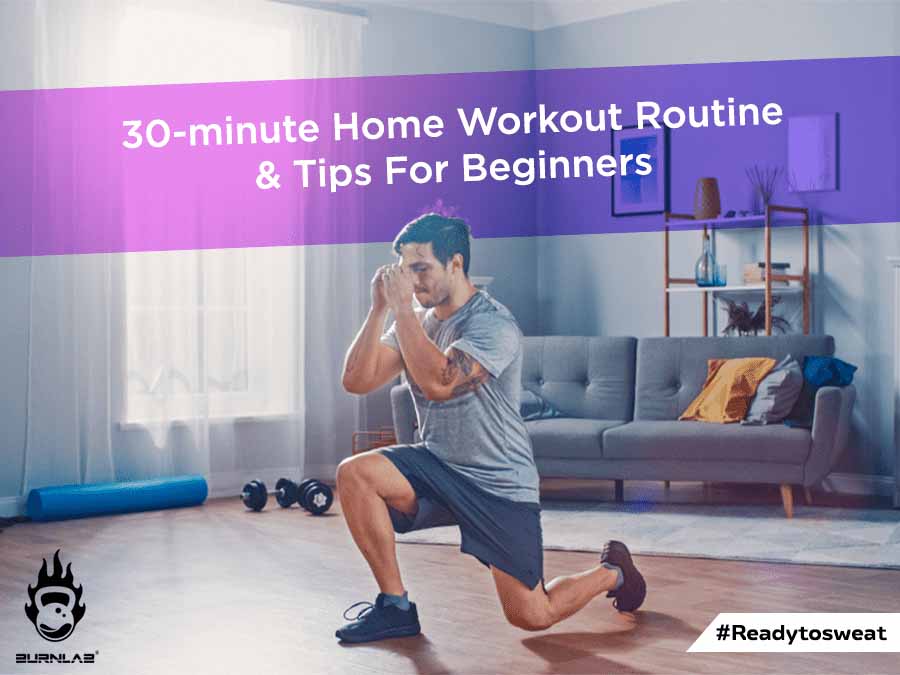
Know what you want before you begin your get back to shape workouts. Choose high-intensity cardio exercises. You need to be aware of the weights that you can use. Try to break down your workouts into smaller segments and use public transportation to reach the gym.
Cardiovascular exercise should involve high-intensity aerobic work
Cardiovascular exercise is a great option to improve your heart health. This type exercise can increase the muscle strength of your heart, which can improve your heart function. Cardiovascular exercise should always be done at least 3-4 times per week to get the best results.
Cardiovascular exercise improves the cardiovascular system by increasing heart beat, blood flow, as well as breathing rate. It helps improve your health by increasing oxygen supply to cells and eliminating waste products. An exercise monitor can be used for monitoring your heartbeat. You can also manually calculate your heart beat zones.

Different exercises require different weights
Choosing the appropriate weight for each exercise is important. Beginners should start with lighter weights and increase as they progress. For example, a person suffering from a mild injury should start at a three to five pound loss and increase as they progress. A person with chronic joint problems, on the other hand, may want to begin at an eight to ten pound body weight. Different exercises require different weights. You should choose a weight which challenges your muscles but does not compromise the form.
The weight of the weight should be enough to strain your muscles after only 12 to 15 repetitions. You can increase your weight gradually if you are able to do more than 15 reps.
Breaking up workout sessions into smaller increments
You might consider breaking down your workouts into smaller chunks if you are trying to get in shape. You'll reduce the chance of injury and improve your progress. Additionally, you can recover faster by training in smaller segments spread over many days.
One alternative is to alternate between lower and upper body workouts on different days every week. This will allow you to give your body a rest day. In either case you need to allow your body at least 2 days between workout sessions.

Using public transportation to get to the gym
Public transportation is an excellent way to get to the gym if you are trying to get back in shape. Many people do not like to spend their time on treadmills. This is why the bus and subway are so popular. Getting to and from the gym doesn't have to be expensive either. Public transport is cheaper than renting a car.
Get back in shape with plyometrics
Plyometrics is a type of aerobic exercise that involves a variety jumps. These are great for athletes who wish to increase their power, agility, and speed. These exercises should not only be performed on a daily basis, but they are also not for beginners. They should be done on a firm surface like a foam mat or exercise rug. They are not recommended for pregnant women and people with heart disease.
The best way to strengthen your muscles and increase your performance in activities like running, jumping, or kicking is with plyometrics. These exercises also increase your strength and speed up your reaction time. They provide a total workout for the entire body and tone your whole body. These exercises can improve your cardio fitness and metabolism as well as your stamina.
FAQ
How can exercise and nutrition help you live a healthier life?
Exercise helps you to stay healthy, lose weight, gain muscle mass, and reduce stress. Nutrition is critical for energy and mood. For a longer life expectancy, reduce your intake of meat and alcohol, smoke less, and exercise regularly.
What is the importance and benefits of good nutrition for your health?
For our well-being and health, nutrition is essential. Healthy diets include whole grains, fruits and vegetables as well as lean protein and dairy. Healthy eating habits lead to improved overall health.
How many hours sleep should I get each night?
The recommended sleep amount varies based on age, gender, individual needs, and other factors. Adults need between 7 to 9 hours sleep each night. Teenagers and young children generally need around 10 hours of sleep each night. This number decreases as they age.
Is it possible for one to be too thin?
Yes! Being underweight or having an eating disorder are both unhealthy. It is not normal for someone to weigh less than their ideal height. Other symptoms include feeling tired, weak and dizzy.
What effects does caffeine have on my sleep patterns?
Caffeine can affect how quickly you fall asleep, and how well you sleep. Caffeine is known to cause drowsiness. This makes falling asleep easier. The downside is that caffeine keeps you awake longer making it harder for you to fall asleep again. You should not drink energy drinks or coffee right before bed.
Exercise can I make my body gain weight?
Not at all. You can even maintain your weight by exercising. Exercise regularly will build muscles and increase metabolism. You'll burn more calories per day if you do. This means you won't store as much fat in your body.
Statistics
- Globally, 81% of adolescents aged 11-17 years were insufficiently physically active in 2016. (who.int)
- Adolescent girls were less active than adolescent boys, with 85% vs. 78% not meeting WHO recommendations of at least 60 minutes of moderate to vigorous intensity physical activity per day. (who.int)
- Globally, 28% of adults aged 18 and over were not active enough in 2016 (men 23% and women 32%). (who.int)
- In 2018, the World Health Assembly agreed on a global target to reduce physical inactivity by 15% by 2030 and align with the Sustainable Development Goals. (who.int)
External Links
How To
How To Burn Belly Fats Faster
Belly Fat is usually seen as a problem when we want to lose weight. It's actually a good thing, in fact. It is the fat in your stomach that protects your organs. Let's look at how to rapidly lose belly fat.
Stress and inactivity are two of the major factors that cause us to store body fat. The cortisol hormone stimulates stress which makes us hungry. Cortisol raises insulin levels. The excess calories are stored as fat by insulin. The release of adrenaline from our bodies causes increased appetite. These extra calories can be broken down by exercising.
There are many ways you can reduce belly fat. You can try any one of them depending upon your budget. Here are some tips to help you get rid of belly fat quickly.
-
Try to eat less food. Instead of eating three large meals per day, try to eat smaller meals. You'll eat fewer calories this way.
-
Make sure you drink plenty of water. Water flushes out toxins in your body and helps you stay hydrated. Drinking water before meals will help you feel fuller for longer, so you don't overeat.
-
Avoid unhealthy snacks. If you're looking for quick fixes, snack foods like chips, cookies, candies, etc. This might be tempting. These fattening treats are best avoided as they have too many empty calories and sugar. Instead, opt for healthy alternatives such as fruits, vegetables and whole grains.
-
Do strength training exercises at least three times per week. Strength training builds muscle mass and burns more calories when you're not working out. It also strengthens bones, muscles, ligaments, tendons, the heart, lungs, and joints.
-
Walking or stretching is a good habit to do regularly. Stretching improves flexibility and mobility which can reduce back pain. Walking is a great way of burning calories, especially when you do it for just 30 minutes.
-
Reduce alcohol intake. Alcohol adds empty calories to your diet and has no nutritional value whatsoever.
-
You can lose weight slowly. Finding out your current weight is the first step in losing weight. Calculate your ideal weight by adding approximately 5% to 10% of the total weight. Once you have calculated your target weight, start reducing calorie consumption by 500-1000 calories daily until you reach your goal.
-
Avoid processed foods. These foods are high on sugar, salt, and additives. While processed foods can be convenient, they don't offer enough nutrients to ensure your health.
-
Don't skip breakfast! Eating breakfast improves concentration, memory, and energy level. Breakfast should contain protein (like eggs), fibre (like oats), as well as complex carbohydrates (like oatmeal).
-
Have regular bowel movements. Bloating and gas can be caused by irregular bowel movements and constipation. Drink plenty of water to prevent gas and fiber ingestion.